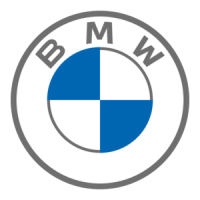61
b
c
da
10 LIGHTING.
Anyone cycling on public roads is required by law to have a properly
working set of lights (a) (see chapter “Legal Requirements for Rid-
ing on Public Roads”). It is important to be familiar with the design of
the lighting set so that you can repair it yourself in the event of a failure.
The dynamo (generator) produces the current required for operating the
light bulbs and back. It has two cables attached to it, one running to the
front light and the other to the rear light and back.
10.1 Hub Dynamo.
Hub dynamos (b) are built into the hub of the front wheel. They are virtu-
ally non-wearing and extremely effective. Some models are switched
on electronically, some others mechanically. Hub dynamos are either
engaged by a lever at the handlebars or directly at the front lamp. Other
models offer the comfort of being switched on and off automatically by
means of a sensor.
In case you need more information on your lighting, contact
your BMW partner.
10.2 Troubleshooting.
After punctures the second most common malfunction is lighting failure.
First inspect the front and rear light bulbs. Check whether the laments
are intact. Bulbs with a black tint are a sure indication of a defect.
On bicycles with a battery-powered lighting (c+d) a failure is
usually due to at batteries. Therefore, check the charge state
of the batteries at regular intervals or take replacements with
you.
Check the contacts and the sockets in the lamp housings of the front
and rear lights ((a+b) p. 62). White or greenish stains are a sign of corro-
sion. Remove the corrosion layer with a screwdriver, emery cloth or the
like until the contact surfaces are shiny again.
If your bicycle is tted with a dynamo lighting, inspect the cables along
their entire length and check them for defects. Check all contact points.
Pin and socket connectors tend to corrode if exposed to salt and rain.
Take the connectors apart and stick them together again.

